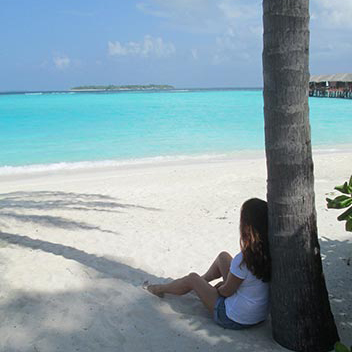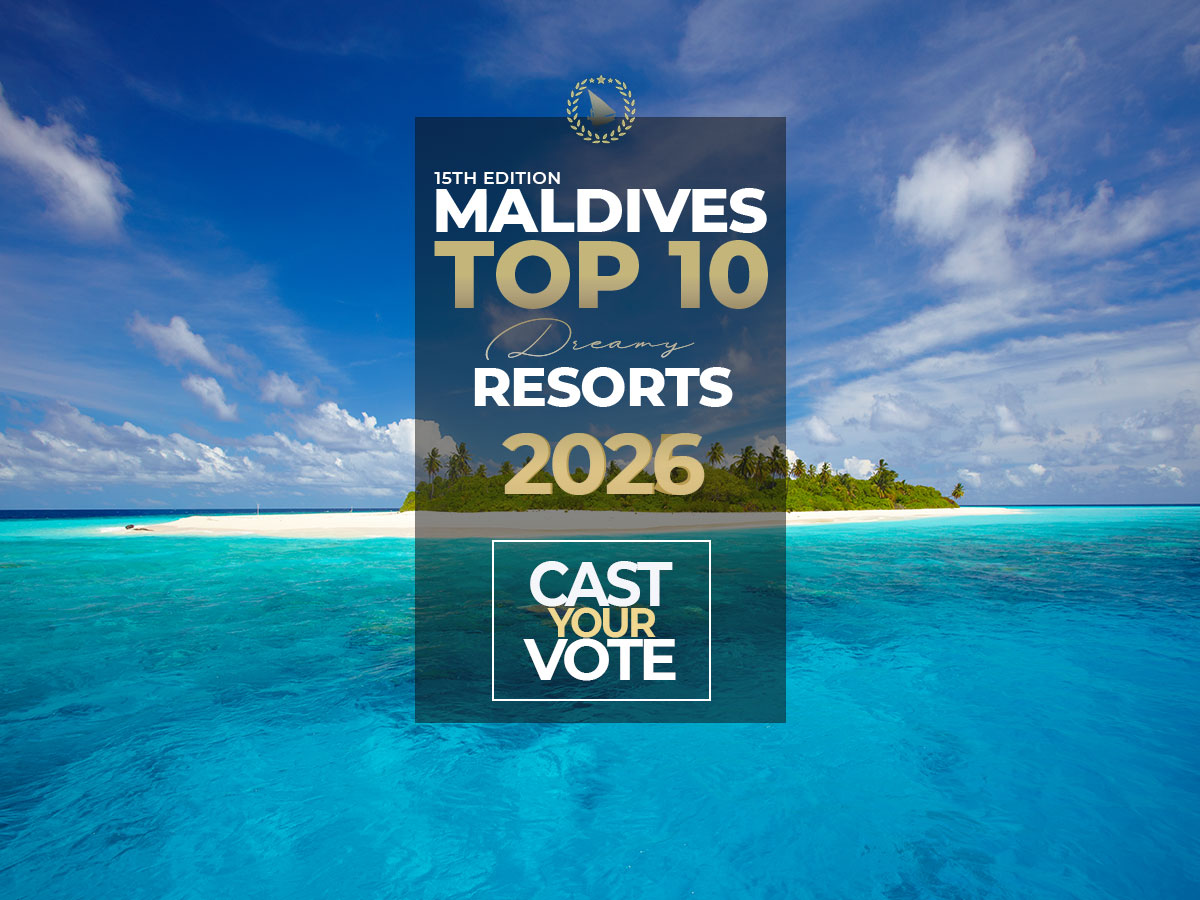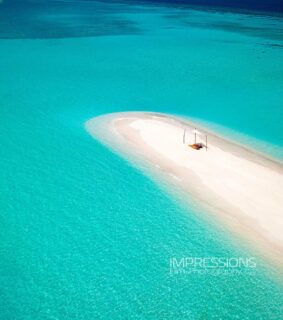Sharks in the Maldives. The endless story…
For some, a danger, for others a thrill. Between fear and fascination, in reality, these fascinating creatures reveal more about us than about them.
Today, as new headlines and viral videos reignite this old fear, it’s time to look beyond the emotion … and face the facts beneath the surface.
But do the Maldives really have too many sharks ?
Or is it something else entirely ?
Yes…it is.
And it’s more complicated than it seems.
In the news…
Sharks in the Maldives have always fascinated and divided opinions, from symbols of healthy reefs to sources of fear and controversy among locals and divers alike.
Following the latest news about a possible change in the Maldives shark fishing ban, I started looking deeper into the issue.
Because there are always two sides to a story : what the media says, and and the reality on location.
And in the noise of the internet, here is what I found.
In a recent, in-depth report by The Maldives Independent, the complex reality of shark conservation in the Maldives comes sharply into focus, revealing a story far more nuanced than it first appears.
While the country is still officially a shark sanctuary, a growing number of locals, fishermen, and divers believe shark populations have surged since the 2010 ban, testing public support for one of the Maldives’ most celebrated conservation policies.
Shark Attacks and Rising Fears from locals
A rise in negative interactions between sharks and Maldivian fishermen has fueled tension, and even fear, especially after some accidents reported in recent months, sparking renewed fear and and reignited fears that shark numbers have surged since the 2010 fishing ban.
Read my post about Shark Fishing officially banned in Maldives. The story, the facts…
In April 2024, a 30-year-old man was injured during a freediving session, an incident that shocked the local communities. Witnesses said the diver was bitten near the shoulder, possibly by a bull shark, although others suggested the wounds could have been caused by a boat propeller.
The event followed a fatal attack in Laamu Atoll the previous year, when a soldier died during a training exercise.
Two years ago, a female freediver was attacked by a nurse shark at “Shark Point,” a famous spot where sharks are fed just for tourists.
A horde of snorkelers then jumps into the water to get the “perfect Instagram shot.”
All for vanity.
All for a show.
Read Shark attack in Maldives. All for Instagram fame
Feeding sharks for close-up encounters, like this diver hand-feeding a bull shark in the Caribbean. It is a dangerous and unethical practice that changes sharks’ natural behaviour.

Thankfully, such scenes don’t happen in the Maldives, where shark feeding is banned to protect both divers and marine life.
It used to be seen in many resorts – from the beach shores…, but due to some changes in government regulations shark and stingray feeding for entertainment is no longer allowed anywhere in the Maldives.
However, some diving operators still chum the water and feed to attract.
In february 2024, at the Shark Tank Dive Site near Hulhumale, a dive went wrong after a shark became entangled in a rope attached to one of this infamous chum container.
Divers tried to free the poor shark and were struck by the panicked shark Obviously, the scene made headlines and guess what ? It reignited the shark-feeding debate.
ވަލެއްގައި އޮޅިފައި އޮތް މިޔަރެއް ސަލާމަތްކުރަން އުޅުނު ބަޔަކަށް، އެ މިޔަރު ހަމަލާ ދޭ މަންޒަރު ފެންނަ ވީޑިއޯ. މި ނުރައްކާތެރި ހާދިސާ ހިނގީ މިދިޔަ ހުކުރު ދުވަހު ހުޅުމާލެ ނެރު ކައިރީގައި އޮންނަ ޝާކް ޓޭންކް ޑައިވް ސައިޓުގައި.
— Mihaaru (@Mihaarunews) February 4, 2024
ތަފްސީލް: https://t.co/XH6xoAoRge pic.twitter.com/iorbpoTgHc
I cannot help but also mention the same practice done to attract nurse sharks in order to make the shot, the most “Instagrammable” one in the Maldives.
No comment.

These rare but dramatic incidents have fuelled debate among fishermen and islanders who feel sharks are becoming bolder and more numerous. Yet marine scientists point to a different reality : research by the Maldives Marine Research Institute and long-term Sharkwatch surveys show no significant increase in shark populations since the ban.
What has changed, experts say, is human activity, more chum in the water, new fishing methods, and unregulated shark feeding that draw sharks closer to people.
The Maldivian shark population
But has the Maldivian shark population really exploded ?
According to marine biologists from the Maldives Marine Research Institute (MMRI), there’s no scientific evidence of such an increase.
Studies using underwater cameras and dive surveys show that reef shark numbers have remained stable, not rising significantly since the 2010 ban.
“Shark populations will naturally increase to some extent,
Dr. Shafiya Naeem, former Director General of MMRI
Even if shark populations haven’t grown, if people keep dumping fish chum into the same area, they’ll gather there. So visually, it seems there are more.”
The most recent data from the national Sharkwatch Programme — covering 11,704 surveys across 540 sites — found no clear upward trend or decline in shark numbers.
Additional research between 2016 and 2020 confirmed the same pattern: stability, not surge.

Sharks haven’t suddenly “taken over” the Maldives, but shifting fishing techniques, feeding practices, and viral tourism have blurred the natural line between people and predators.
The Maldivian Fishermen’s Frustration
Still, for many reef and sports fishers, the experience feels very different.
They report higher depredation, sharks biting or taking their catch, and describe economic losses averaging 20 to 40 % of daily income.
One fisherman from Laamu Atoll told the paper :
“We see big sharks over six feet near the shore. We put the handline out and it gets cut. the catch is taken by the shark.”
These frustrations have reignited calls from some local fishers to reopen shark fishing, not for profit, but as a way to “restore balance.”
Changing Behaviors and Human Impact
Experts suggest that part of this growing tension comes from human behavior, not shark overpopulation.
New fishing methods like spearfishing, chum bags, and jigging, along with unregulated shark feeding for tourism, are disrupting natural shark patterns and bringing them closer to people.
Read more about Traditional fishing in the Maldives
Shaha Hashim, Executive Director of Maldives Resilient Reefs, explained that shark feeding and disposal of food waste near reefs have taught sharks to associate humans with food, increasing incidents near popular dive and tourist zones.
“We are not against shark tourism,” she said. “We want to sustain it, but strong regulation is urgently needed.”
This echoes what many veteran divers now warn :
shark encounters are changing, not because there are more sharks, but because we are changing the way sharks behave.
Read this insightful article from The Maldives Independent for the full story.
Find Sharks latest Stories in
Your TOP Best Maldives Resorts 2026
YOUR CHOICE. YOUR DREAM. YOUR VOICE
[ Official ]
Traveler's Choice
15th Edition




























